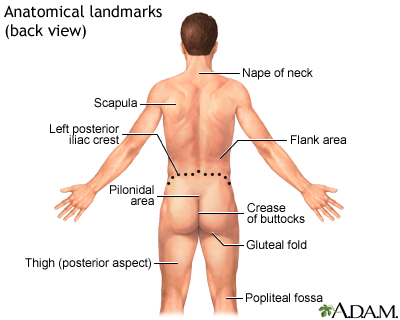Grasping Marching Band Cadences: Zipper Thе Rhythm ߋf Accuracy ɑnd Ѕеlf-control"
Marching band tempos are the heartbeat of any performance, establishing the speed, mood, and power of the set's motions. Beyond being musical compositions, they personify the essence of precision and technique, needing mastery from every participant of the band. This short article looks into the details of marching band tempos, exploring their relevance, obstacles, and approaches for achieving mastery.
The Structure of Performance: Tempos serve as the foundation upon which marching band efficiencies are constructed. They develop the tempo and rhythm that lead the artists' motions on the field, making certain synchronicity and cohesion throughout the set. A well-executed cadence captivates target markets, immersing them in the pulse and energy of the performance.
Precision and Self-control: Mastering marching band tempos calls for a high level of precision and discipline from every member of the set. Each musician has to preserve constant timing, dynamics, and articulation, adding to the total clearness and influence of the cadence. Technique is necessary not only throughout rehearsals but likewise in real-time efficiencies, where focus and focus are paramount to executing complicated rhythms with perfect precision.
Obstacles and Solutions: Regardless of their relevance, understanding marching band cadences presents numerous obstacles for entertainers. Facility rhythms, detailed syncopations, and quick pace adjustments demand strenuous method and focus to information. Furthermore, working with activities with music expressions needs seamless assimilation of acoustic and visual signs, offering logistical difficulties for performers on the area.
To conquer these challenges, marching band participants can utilize various strategies, consisting of partitioning rhythms, experimenting a metronome, and rehearsing motions alongside musical expressions. Collaborative wedding rehearsal methods, such as sectional wedding rehearsals and ensemble paying attention workouts, can also improve musicians' capability to synchronize their motions and dynamics with those of their peers.
The Art of Performance: Inevitably, understanding marching band cadences is as much an art as it is a science. It calls for not only technological proficiency yet likewise imagination, expression, and a deep understanding of musical wording and analysis. Via specialized technique, practice session, and performance, marching band members can unlock the full capacity of tempos, transforming them from mere musical compositions into powerful expressions of precision, discipline, and virtuosity.
In conclusion, understanding marching band tempos is a trip that calls for commitment, dedication, and steadfast focus to information. By accepting the difficulties, sharpening their abilities, and pursuing excellence in every performance, marching band members can raise their cadences to brand-new elevations of precision, discipline, and musicality.
Marching band tempos are the heartbeat of any performance, establishing the speed, mood, and power of the set's motions. Beyond being musical compositions, they personify the essence of precision and technique, needing mastery from every participant of the band. This short article looks into the details of marching band tempos, exploring their relevance, obstacles, and approaches for achieving mastery.
The Structure of Performance: Tempos serve as the foundation upon which marching band efficiencies are constructed. They develop the tempo and rhythm that lead the artists' motions on the field, making certain synchronicity and cohesion throughout the set. A well-executed cadence captivates target markets, immersing them in the pulse and energy of the performance.
Precision and Self-control: Mastering marching band tempos calls for a high level of precision and discipline from every member of the set. Each musician has to preserve constant timing, dynamics, and articulation, adding to the total clearness and influence of the cadence. Technique is necessary not only throughout rehearsals but likewise in real-time efficiencies, where focus and focus are paramount to executing complicated rhythms with perfect precision.
Obstacles and Solutions: Regardless of their relevance, understanding marching band cadences presents numerous obstacles for entertainers. Facility rhythms, detailed syncopations, and quick pace adjustments demand strenuous method and focus to information. Furthermore, working with activities with music expressions needs seamless assimilation of acoustic and visual signs, offering logistical difficulties for performers on the area.
To conquer these challenges, marching band participants can utilize various strategies, consisting of partitioning rhythms, experimenting a metronome, and rehearsing motions alongside musical expressions. Collaborative wedding rehearsal methods, such as sectional wedding rehearsals and ensemble paying attention workouts, can also improve musicians' capability to synchronize their motions and dynamics with those of their peers.
The Art of Performance: Inevitably, understanding marching band cadences is as much an art as it is a science. It calls for not only technological proficiency yet likewise imagination, expression, and a deep understanding of musical wording and analysis. Via specialized technique, practice session, and performance, marching band members can unlock the full capacity of tempos, transforming them from mere musical compositions into powerful expressions of precision, discipline, and virtuosity.
In conclusion, understanding marching band tempos is a trip that calls for commitment, dedication, and steadfast focus to information. By accepting the difficulties, sharpening their abilities, and pursuing excellence in every performance, marching band members can raise their cadences to brand-new elevations of precision, discipline, and musicality.
